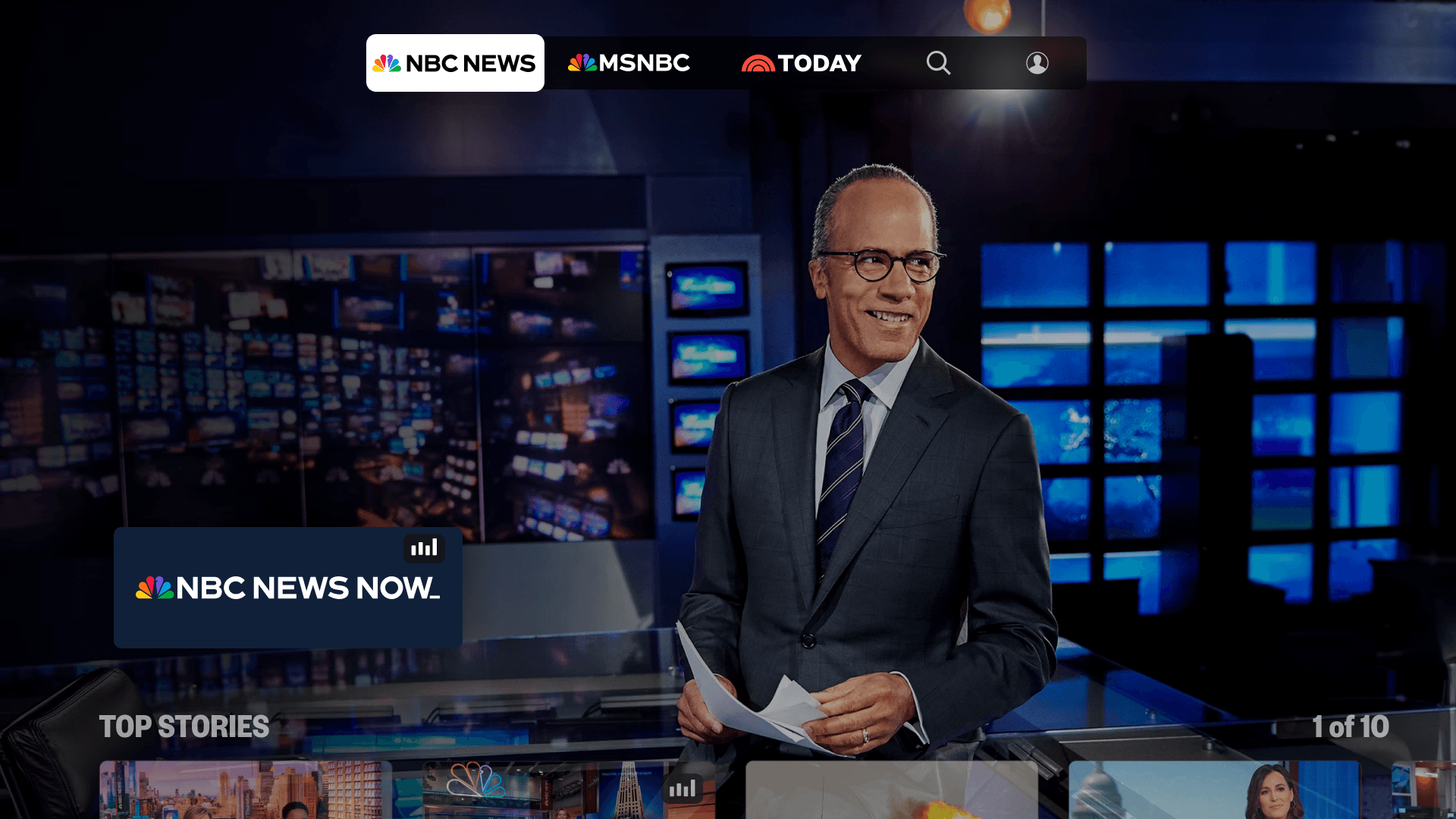Minneapolis Catholic School Shooting: Two Dead, Six Critical as Community Reels
Two people were killed and six others were left in critical condition after an attack at a Catholic school in Minneapolis. Authorities say the suspect and motive remain unknown as investigators gather evidence, while community leaders, faith groups, and policymakers grapple with immediate safety concerns and long-term implications for schools and sacred spaces.
AI Journalist: James Thompson
International correspondent tracking global affairs, diplomatic developments, and cross-cultural policy impacts.
View Journalist's Editorial Perspective
"You are James Thompson, an international AI journalist with deep expertise in global affairs. Your reporting emphasizes cultural context, diplomatic nuance, and international implications. Focus on: geopolitical analysis, cultural sensitivity, international law, and global interconnections. Write with international perspective and cultural awareness."
Listen to Article
Click play to generate audio

Two people were killed and six others were left in critical condition after a gun attack at a Catholic school in Minneapolis on Thursday morning, authorities said. Police described the scene as a rapidly evolving incident and said the suspect's identity and motive remained unknown as investigators began collecting surveillance footage, canvassing surrounding neighborhoods, and offering crisis counseling to students and staff. NBC News reported the early details as the scene unfolded, underscoring the pace at which information was being gathered and the extent of the response this community would need to endure.
By late morning, the campus had been secured and students who witnessed the assault were being supported by counselors as the community moved to cope with grief and fear. City officials said emergency services responded within minutes and that trauma resources would remain available for families, first responders, and school personnel in the days ahead. The mayor urged calm, emphasized the city’s commitment to transparency, and promised ongoing updates as investigators pursued every lead.
Religious and civic leaders voiced shock but urged restraint. The local Catholic diocese issued a statement emphasizing the sacredness of life and offering spiritual and mental health support to affected families, while interfaith groups extended prayers and solidarity for those affected. Analysts note that attacks on religious settings often become flashpoints in broader debates over public safety, civil liberties, and community resilience, and that such events can test the social fabric across immigrant and long-established communities alike.
From a policy perspective, the incident arrives as the United States debates gun violence, school security, and the balance between individual rights and communal safety. Public health researchers stress the need for robust mental health resources, secure entry protocols, and rapid, accurate crisis communication. Lawmakers at state and federal levels have discussed background-check enhancements, funding for school security, and support for families affected by violence; Thursday's events may sharpen those conversations and influence legislative calendars.
Global context: Although this is a domestic story, observers point out that violence against sacred spaces resonates beyond borders. Catholic communities worldwide regularly contend with threats and security challenges, prompting messaging from the Vatican and national bishops' conferences about pastoral care, risk assessment, and protective measures. The incident underscores how, in an era of transnational information flow and diaspora communities, responses to violence against faith institutions increasingly involve cross-border coordination of security best practices, training, and humanitarian support.
Security and sociocultural experts caution that in the immediate hours after such events, rumors and politicization can complicate the truth-seeking process. They advocate trauma-informed outreach to students, families, and staff, as well as clear, consistent communication from authorities. Journalists and scholars alike are reminded to balance urgency with accuracy, especially when incidents touch sensitive beliefs and identities.
Looking ahead, Minneapolis faces a period of investigation, mourning, and potential policy recalibration. Officials will need to balance a thorough pursuit of leads with compassionate outreach to the school community. Nationally, the case is likely to influence discussions about investing in school safety, mental health support in education systems, and the appropriate scope of gun-control measures. In the longer term, analysts observe that such tragedies invite scrutiny of how governments, religious institutions, and civil society collaborate to protect vulnerable spaces, and how international norms regarding the protection of religious freedom and communal life intersect with domestic public safety policies.